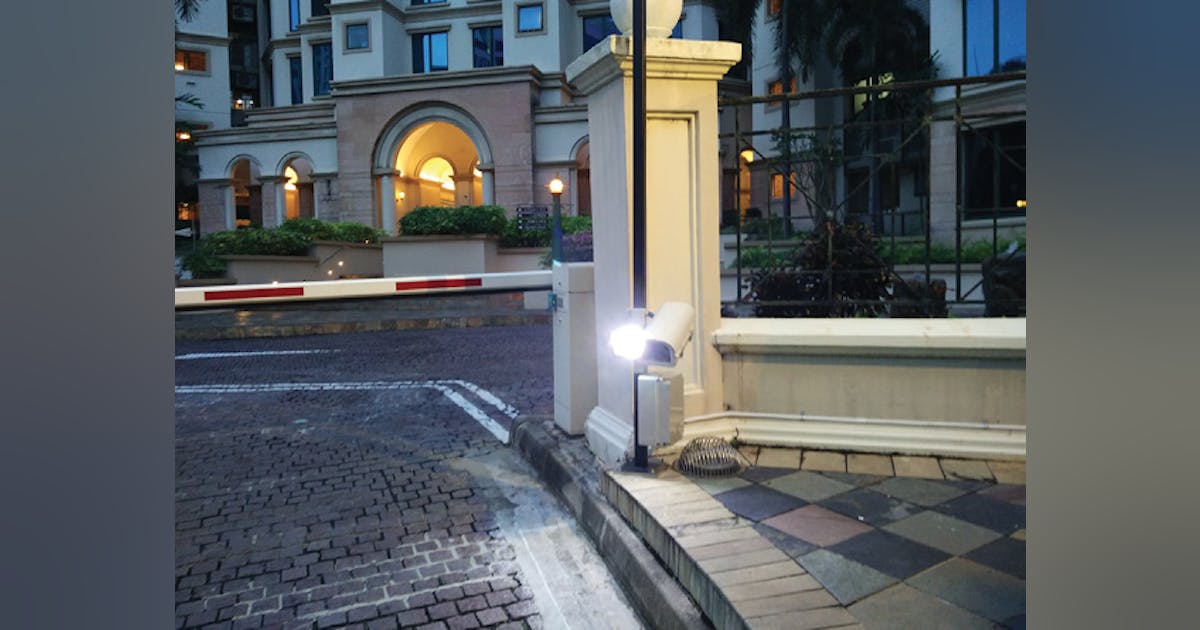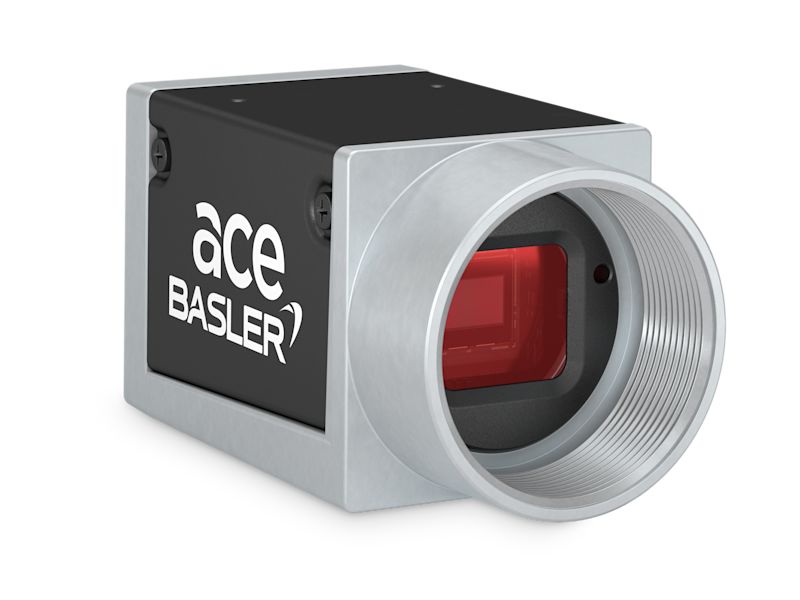As many of us have experienced, and well documented in this thread, that the 3M printed plates, especially those with blue in them, are very difficult to get with infrared.
Unlike the stamped/raised plates, these printed plates do not have the same reflective properties and the flat nature of the plate also makes the angle even more important.
As I mentioned in that thread, I have had some success with moving my LPR camera closer, and you do stand a better chance of capturing the plates the closer you can get with them.
It isn't the focal length that is the issue, but rather it is the IR from the camera at 40 feet is tighter and more on the plate than it is at 150 feet.
Or the option is to get a specialty IR blaster with a tight IR beam like 10 degrees as opposed to the typical 60 or 90 degree options on Amazon.
I came across some RayTec and Axton IR blasters, but also white light blasters. They are kinda pricey and I was hesitant to buy one if it didn't work because you cannot return.
So when my back floodlight went out, I thought what the heck let me try a white one and if it doesn't work for LPR, then it is an expensive floodlight LOL.
Axton has a 10 degree white light unit that will pulse with the shutter speed, but in addition to the cost, if it became a floodlight, it doesn't have a lot of dispersion LOL.
RayTec has a different approach and sells units with interchangeable filters that will allow you to get 10 degree, 35, or 60 degree standard with the purchase, with optional ones for 80 and 120 degrees.
So I went with the Raytec because it was cheaper and had more flexibility for another use if it didn't work out.
WOW - this thing is a light cannon. Like a tug boat light.
I first tried it with using the motion detection of the camera to trigger it using the alarm out wires that come with the @empiretech B52IR-Z12E-S2 (5241-Z12E-S2) camera, the standard camera for many here for LPR.
As expected, due to the tight field of view for LPR, the lag of IP cameras would cause the light to come on after the car was beyond the field of view.
Since I am using Blue Iris, I am using the T180 camera, along with the new features of BI that I mentioned in this spotter camera thread to trigger the white light connected to the Z12E and then use the motion detection of the Z12E to turn the light off.
Let's just say it exceeded my expectations! In most instances it is simply like a flash camera. I know it is there and I never see it while driving in that zone. Someone would have to be turned around looking at it to see it flash. Some out walking may think it was a lighting flash LOL.
Not only am I getting the plates, I am getting 3M printed plates with clear covers over them:

Compared to Infrared:

But I was surprised that I even got a 3M printed plate with a dark cover on it:

I was hesitant to spend that kind of money, but in the end the RayTec was about the cost of a camera and the results speak for themselves!
Unlike the stamped/raised plates, these printed plates do not have the same reflective properties and the flat nature of the plate also makes the angle even more important.
As I mentioned in that thread, I have had some success with moving my LPR camera closer, and you do stand a better chance of capturing the plates the closer you can get with them.
It isn't the focal length that is the issue, but rather it is the IR from the camera at 40 feet is tighter and more on the plate than it is at 150 feet.
Or the option is to get a specialty IR blaster with a tight IR beam like 10 degrees as opposed to the typical 60 or 90 degree options on Amazon.
I came across some RayTec and Axton IR blasters, but also white light blasters. They are kinda pricey and I was hesitant to buy one if it didn't work because you cannot return.
So when my back floodlight went out, I thought what the heck let me try a white one and if it doesn't work for LPR, then it is an expensive floodlight LOL.
Axton has a 10 degree white light unit that will pulse with the shutter speed, but in addition to the cost, if it became a floodlight, it doesn't have a lot of dispersion LOL.
RayTec has a different approach and sells units with interchangeable filters that will allow you to get 10 degree, 35, or 60 degree standard with the purchase, with optional ones for 80 and 120 degrees.
So I went with the Raytec because it was cheaper and had more flexibility for another use if it didn't work out.
WOW - this thing is a light cannon. Like a tug boat light.
I first tried it with using the motion detection of the camera to trigger it using the alarm out wires that come with the @empiretech B52IR-Z12E-S2 (5241-Z12E-S2) camera, the standard camera for many here for LPR.
As expected, due to the tight field of view for LPR, the lag of IP cameras would cause the light to come on after the car was beyond the field of view.
Since I am using Blue Iris, I am using the T180 camera, along with the new features of BI that I mentioned in this spotter camera thread to trigger the white light connected to the Z12E and then use the motion detection of the Z12E to turn the light off.
Let's just say it exceeded my expectations! In most instances it is simply like a flash camera. I know it is there and I never see it while driving in that zone. Someone would have to be turned around looking at it to see it flash. Some out walking may think it was a lighting flash LOL.
Not only am I getting the plates, I am getting 3M printed plates with clear covers over them:

Compared to Infrared:

But I was surprised that I even got a 3M printed plate with a dark cover on it:

I was hesitant to spend that kind of money, but in the end the RayTec was about the cost of a camera and the results speak for themselves!
Last edited:
As an Amazon Associate IPCamTalk earns from qualifying purchases.







